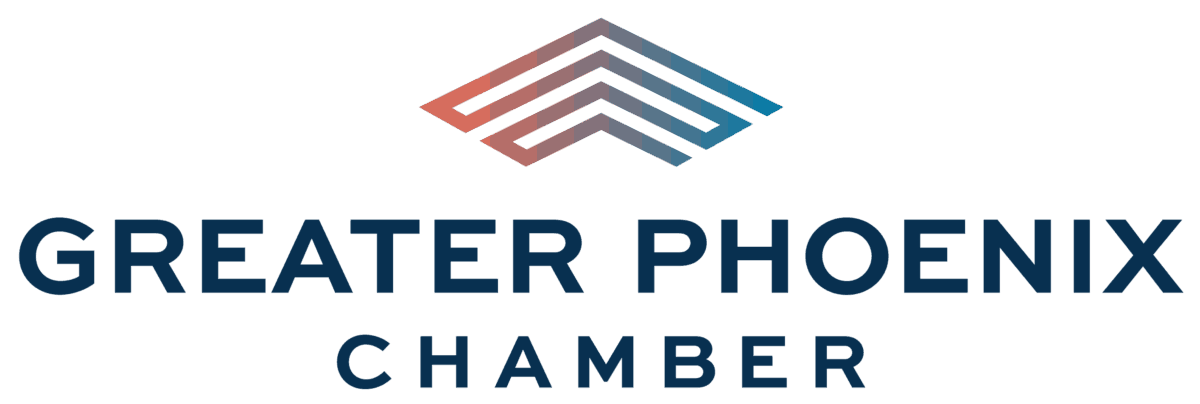
The Greater Phoenix Chamber Foundation just released its 2021 State of the Workforce Report, an in-depth study of Arizona’s workforce highlighting trends, economic overview, local perspectives, talent gap challenges, and consumer sentiment on the job market, compensation increases, and retraining opportunities.
ECONOMIC OVERVIEW
No doubt, the diversification and expansion of the Greater Phoenix region’s economy over the last decade through innovation, technology, and a commitment to growth is a major success. Today, Arizona is among the nation’s top growth leaders in population, wages, and jobs. The private sector is the Greater Phoenix region’s main economic driver, accounting for almost 90% of all jobs. The regional economy has added 441,000 jobs throughout the last decade showcasing the transportation, warehousing, and utility industry with the highest 10-year growth at 88.2%. Additionally, legacy industry sectors including real estate and finance & insurance sectors continue to lead the regional economy and are key to future economic success. The real estate sector contributes more than $40 billion to the gross domestic product. The finance and insurance sector has also logged extraordinary economic growth with more than $10 billion in economic activity and 55,600 jobs in Phoenix over that same period.
LABOR MARKET
Change is inevitable and adjusting to our new reality is essential. Emerging technologies, evolving skill profiles, lingering impacts of the pandemic, and rising commitments to social change are making our current day workplace fundamentally different than the world of work we have known in the past. While the number of jobs lost to the COVID-19 pandemic has recovered, labor force participation is at a low we’ve not seen since December 2017. Despite unemployment rates decreasing, workers across the country are leaving their jobs at unprecedented rates and employers across the country are struggling to find applicants. As we emerge from the pandemic, Americans are prioritizing flexible work arrangements (56%), higher pay (53%), job security (47%), and remote work for at least one day a week over the next year (41%). Childcare is also a top workforce issue and has yet to stabilize to pre-pandemic levels. Today, an unprecedented number of workers report having a job, but not being able to work due to childcare problems.
Although the labor force participation rate has decreased, the good news is unlike the nation as a whole, Arizona continues to see employment growth, exceeding pre-pandemic levels. This demonstrates the stability of Arizona’s economy and is attributed to strategic diversification of industries and related employment following the Great Recession in the early 2000’s.
CONSUMER CONFIDENCE
Since early 2020, the Chamber has closely monitored regional consumer confidence through the Arizona Business Index (ABI). In Q4 2021, the ABI reported a decrease in consumer sentiment by 5.77 points from Q3, the lowest point of the year. Concerns about inflation and supply chain shortages are front and center in the minds of business leaders and consumers. Job satisfaction continues to increase since the beginning of the pandemic. When we look at job satisfaction rates in Q4 of 2020, the numbers have increased quite a bit. This time last year, the job satisfaction rate was at 67% compared to 76% in Q2 2021. It is encouraging to see improvement over the course of the year.
Overall, Arizona’s labor pool will remain strained this year as businesses continue to seek qualified talent. The Chamber remains steadfast in its mission to develop workforce solutions that will reduce talent shortages. The future workforce will require credentials beyond a high school diploma, and in order to compete on a national and international scale, Arizona needs to develop a comprehensive strategy at the secondary and post-secondary levels to prepare the future workforce in high-demand, high-skill jobs. I challenge you to join other industry professionals and get involved in the Foundation’s workforce collaboratives to identify critical talent needs and find solutions. Together we can successfully work towards a stronger workforce and prosperous Arizona economy!


